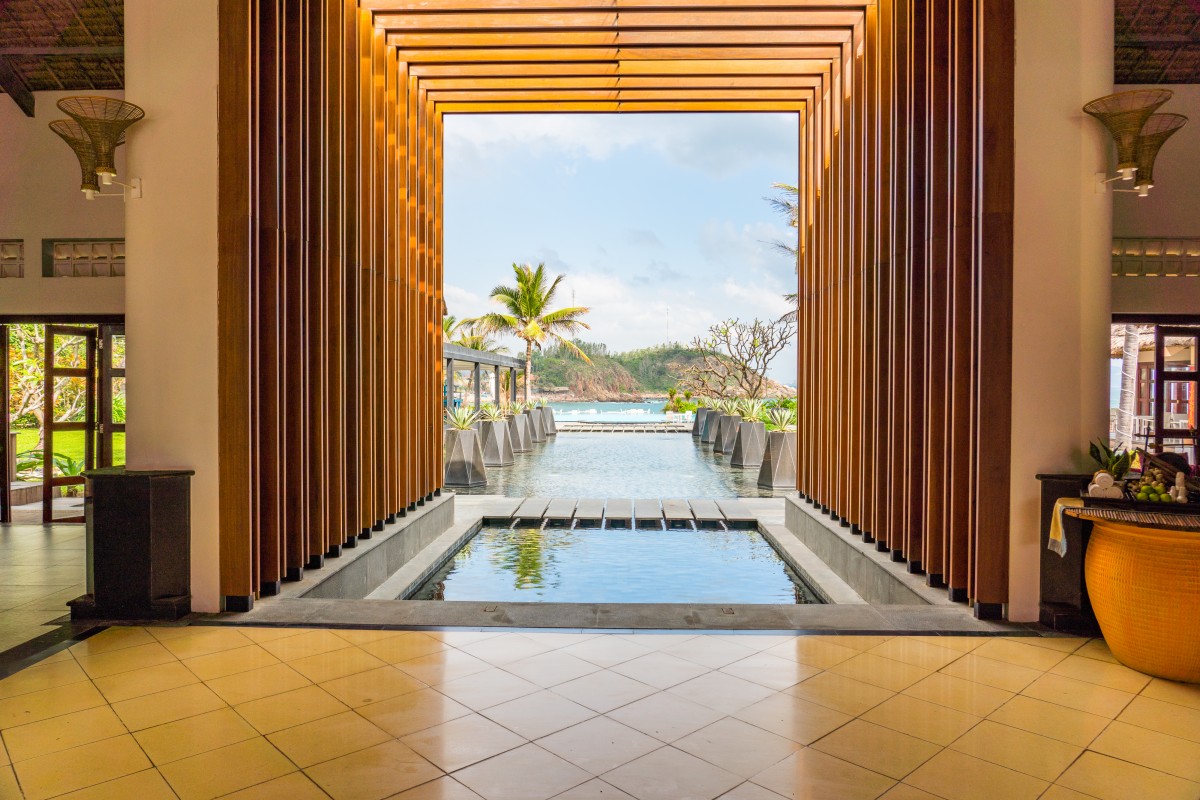
There is nothing quite like a nice dip in the pool on a warm summer day. Once the warmer months of the year arrive, your frequency of pool usage increases.
If you are a socially active individual, your pool usage will undoubtedly enter the ‘overdrive mode.’
In short, swimming pools are a core component of many wonderful summertime memories, which is why maintaining them is a profound responsibility you can’t afford to undermine as a pool owner.
The water quality in the pool determines the experience it offers to the people who use it. ‘Murkiness’ of the water is your pool’s biggest enemy, and it can quickly make things unpleasant.
In simple terms, the foggier the water in the pool becomes, the more is the ‘discomfort’ associated with it.
Enter, pool pumps!
Pool pumps are electric motors integrated with an impeller (a rotating component designed to move fluid as it rotates).
The entire circulation system comprises an inlet that lets in the water to the impeller, forcing it through a filter basket and an outlet.
The principle is based on drawing the water through the filter basket to extricate particulate impurities (debris, algae, and more) from the pool water and release the cleaned water back into the pool.
What Affects a Pool Pump’s Life Expectancy?
As is the case with all mechanical devices, pool pumps are susceptible to wear and tear associated with usage.
However, a succinct understanding of the factors that affect the lifespan of the pool pump may help you make quite some savings in the long run.
Here are those factors:
Size: The smaller the size of the pool pump, the more mechanical stress on the device and hence, its tendency to ‘burnout’ with usage.
At the other end of the spectrum, a pump that is too large for your pool water purification needs would only spike up your expenditure in terms of power usage.
Ideally, your pool pump must filter all the water in your pool within eight hours to deliver the right balance between efficiency and cost savings.
Usage: The frequency of usage plays another central role in the life expectancy of your pool pump. The more you use it, the more mechanical wear and tear and the need for maintenance.
However, there is another variable that influences your usage pattern, which often gets overlooked.
There are pool pumps that are outfitted with variable speeds to give pool owners greater control over water circulation and purification power.
Variable speed pumps are designed to switch between operating speeds. For example, you can set the pump at a lower intensity and run it throughout the night in preparation for pool usage the next day.
Alternatively, the high-speed setting ensures that the water is filtered out sooner when you are getting ready for a quick dip on one of these beautiful warm summer days.
Maintenance: Most pool owners clean the filter basket of the water purification system regularly. But, they forget that there is a motor attached to the setup.
A high-speed rotational device like an electric motor has many parts such as bearing, O-rings, oil sealants, and more to ensure they stay in tiptop conditions.
All these components of an electric motor require timely maintenance. Running your pool pump with malfunctioning parts such as bearings will lead to a complete system failure and structural damage when not addressed on time.
Your propensity to schedule maintenance calls with technicians ensures the longevity of your pool pump setup.
Additional Read: Most Common Pool Pump Issues And Their Solution
When to Replace Your Pool Pump?
Friction-related wear and tear will eventually catch up with your pool pump. While component replacement will help advance the motor and the filtration system’s lifespan, with time, there will come a stage where core components such as the impeller and the stator coils create the rotational movement of the impeller would require replacement.
At this stage, overhauling your setup would cost almost as much as a brand-new setup.
This is usually when pool owners need to replace the pump, and this usually happens around 8-10 years of regular use.
The tell-tale signs that hint at a need for replacement are many. Here are the common ones:
Sounds of Wear and Tear: Listen to rumbling, screeching, and grinding sounds emanating from the pump when it operates.
Drop-in Pumping Efficiency: It takes longer than the usual 8-10 hours to get rid of the impurities in the water.
Corrosion of impellers and valves: There are clear signs of corrosion caused by the oxidation of metal components of the pump.
Hardened Wires and Rubber Components: The wires of the electrical lines that power the motor lose their flexibility and result in tears and recurring problems with pump operation.
Common Pool Pump Issues
Water Leakage: Water leakages during operation vastly reduce the pumping efficiency of the electric motor. It results in energy wastage and an increase in your electricity bill.
Water leakages in pool pumps are usually caused by the deterioration of small but critical components of the pump such as O-rings and impeller shaft seals.
Pump Not Starting: From dead capacitors to dust accumulation, there are many reasons behind a pool pump that will not start.
The troubleshooting process requires the services of an experienced technician who can zero in on the problem and fix it for you.
Air Entry: The entire pool water purification system is designed to be airtight. Any vulnerabilities that breach the airtightness of the system result in a noticeable drop in the pumping efficiency of the entire system.
Cracks, loose components, and old fitting are often the reason behind undesired air entry into the pumping system.


